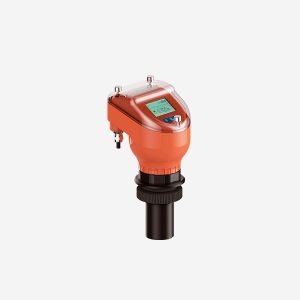Product Introduction :
The Salinity meter electrode is a device for measuring the conductivity of solution. With automatic temperature compensation function, can compensate the current temperature conductivity to the specified temperature. Depending on the application, we offer two options: stainless steel electrode and plastic electrode. There are rs485 and analog output options. It is a device for measuring the conductivity of solution. With automatic temperature compensation function, can compensate the current temperature conductivity to the specified temperature. Depending on the application, we offer two options: stainless steel electrode and plastic electrode. There are rs485 and analog output options.
* Models:JXBS-3001-EC
* Minimum order quantity: 1 piece
* Delivery time: within 24 hours

Features:
1. Both probes can be used for a wider range of applications.
2. Multiple output modes are available: RS485, 0-5V, 0-10V, 4-20ma.
3. The sensor adopts wide voltage power supply, DC 7~30V can be used.
4. Shell IP65 protection grade, can be used in outdoor rain and snow environment.
Parameters:
Model: JXBS-3001-EC
DC power supply: 12-24V DC
Power consumption: ≤0.15W (@12V DC, 25℃)
Measurement accuracy: 3%F.s
Response speed: ≤15s
Temperature compensation: -20℃-80℃
Conductivity measurement range: 0-2000us/cm

Attention:
1. The electrode is a very precise component, and it must be installed in a correct way. Otherwise, the electrode will be damaged or irreversible. Electrodes are piped. Immersion. French installation can be.
2. Do not put the electrode directly into the water. Use the electrode mounting bracket or circulation cup to fix it. Before installation, be sure to waterproof and close the raw material belt (3/4 thread) to avoid water entering the electrode and causing short circuit of the electrode cable.
3. During the water shutdown, ensure that the electrode is immersed in the measured liquid or wear a protective cap with protective liquid inside. If the temperature is low in winter and the water is stopped for a long time, add an antifreeze device or bring back the indoor water storage. Otherwise, the service life will be shortened.
How to install the conductivity probe during use?
1. Embedded installation: the lead of the electrode passes through the stainless steel tube, and the 3/4 thread at the top of the electrode is connected with the 3/4 thread of the stainless steel with raw material belt. Ensure that no water enters the top of the electrode and the wire.
2, side wall installation: the manufacturer provides a beveled 316L stainless steel sheath, the electrode can be screwed into the sheath.
3, pipe installation: through the electrode 3/4 thread and pipe connection.
FAQs:
1. Working principles
The working principle of the water conductance sensor: when the conductance electrode is in solution, the electrode is equivalent to the resistance, the size of the resistance is inversely proportional to the conductivity of the solution. When the conductivity of the solution is constant, the resistance of the electrode is proportional to the electrode constant K. Therefore, the measured value of solution conductivity is calculated according to the resistance of the electrode and the constant K of the electrode itself, and obtained by temperature compensation.
2. How much conductivity solution is used for calibration by the user?
It is recommended to use a standard solution close to the conductivity value of the solution to be tested for calibration. If the conductivity value of the solution to be tested is not clear, choose a standard solution near the middle of the range.
3. How often should I calibrate my water conductivity meter?
Our water conductivity sensors are calibrated before they leave the factory. If you need to calibrate later, you can find a solution with known conductivity to calibrate yourself. In the case of long-term use, it is best to calibrate every three months.





Reviews
There are no reviews yet.